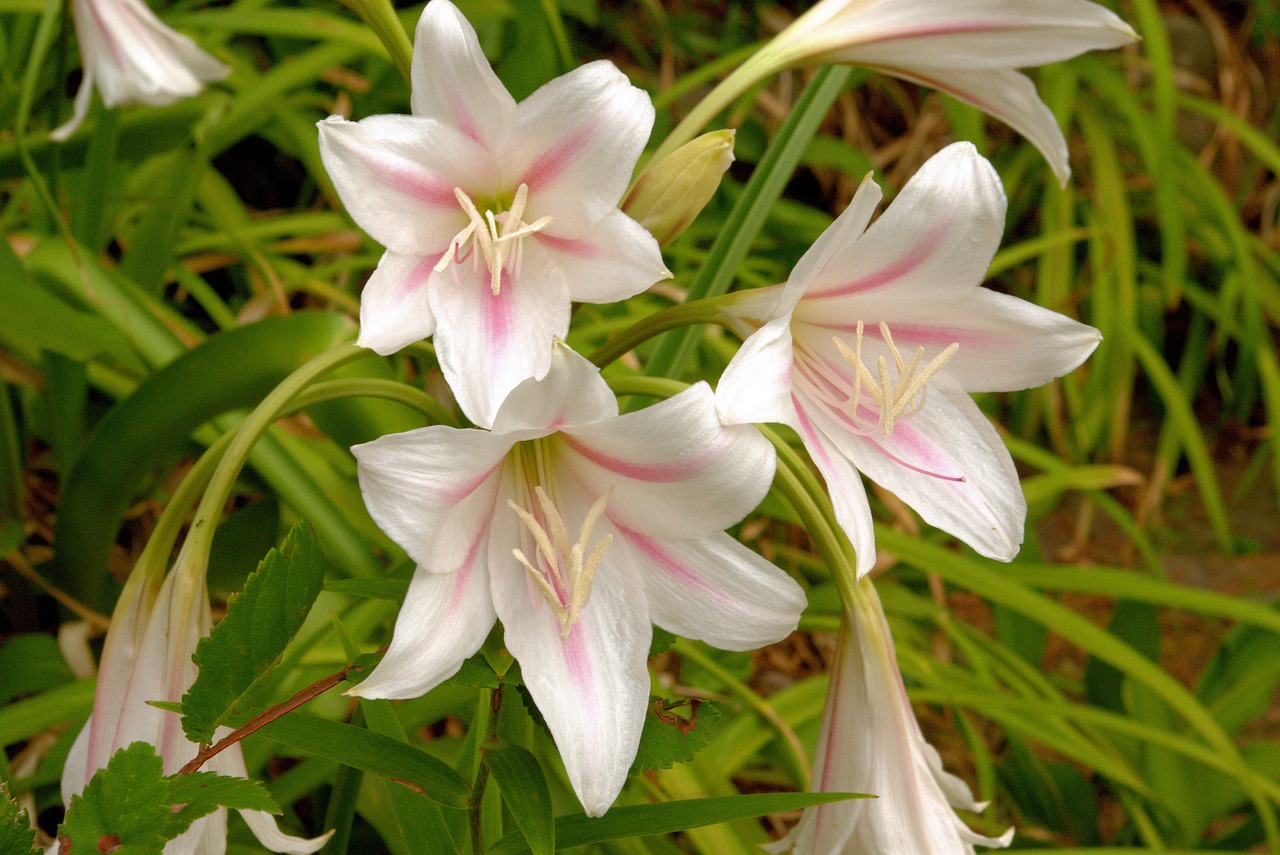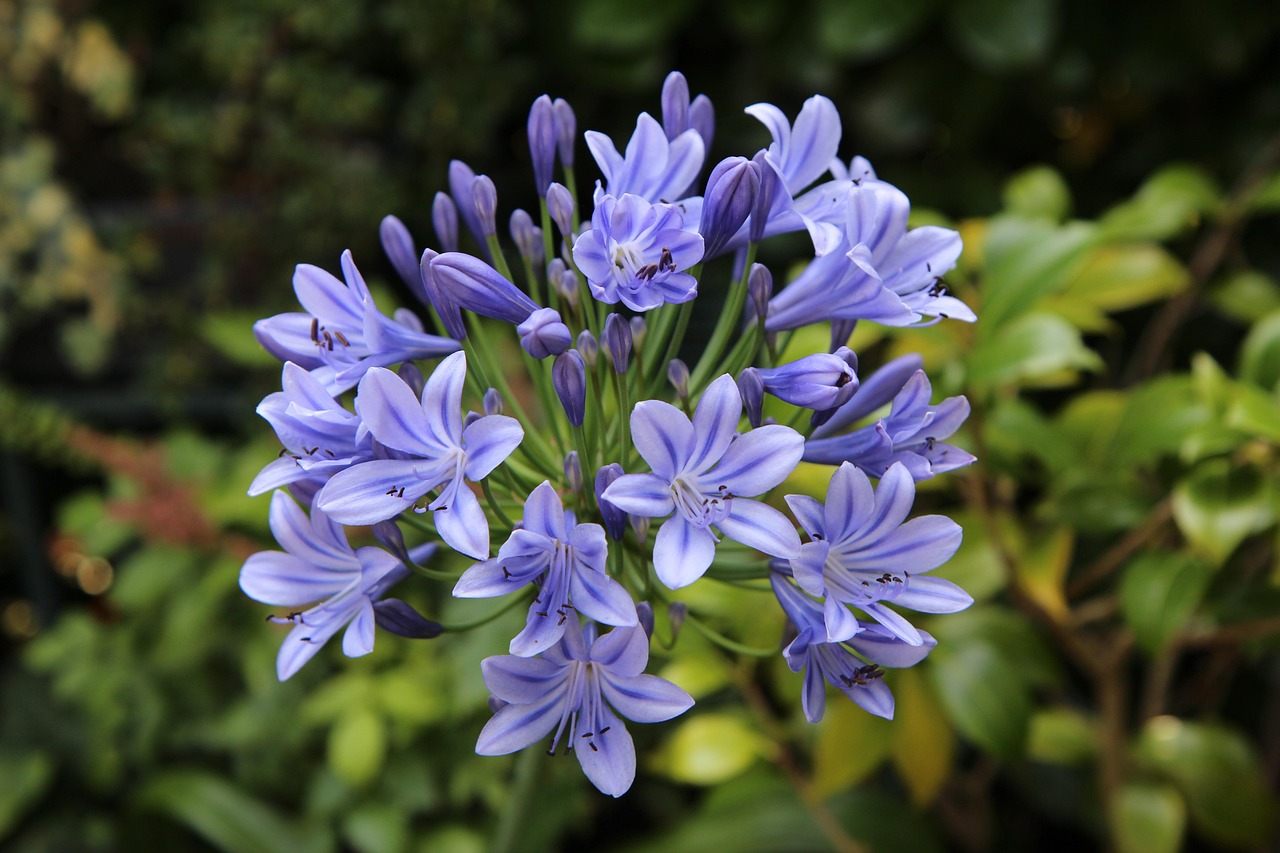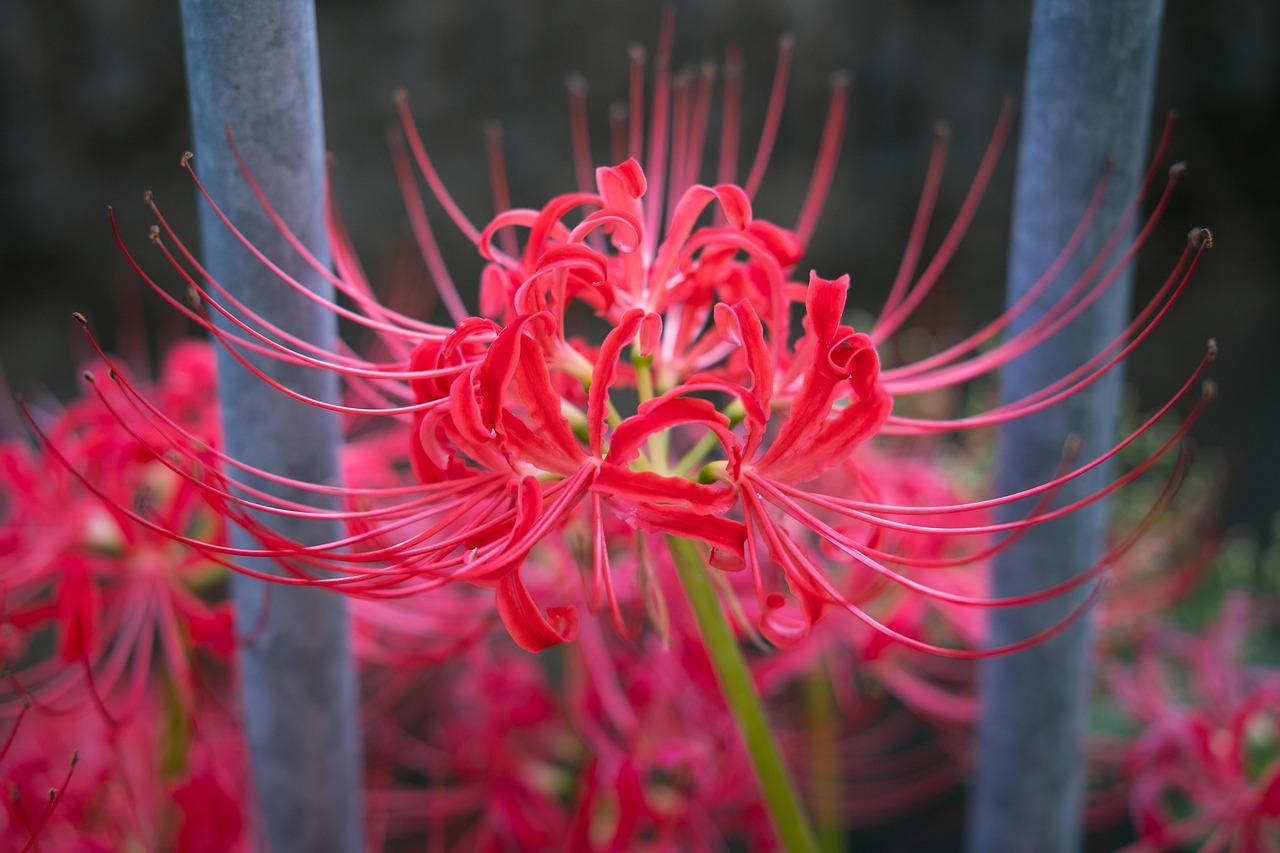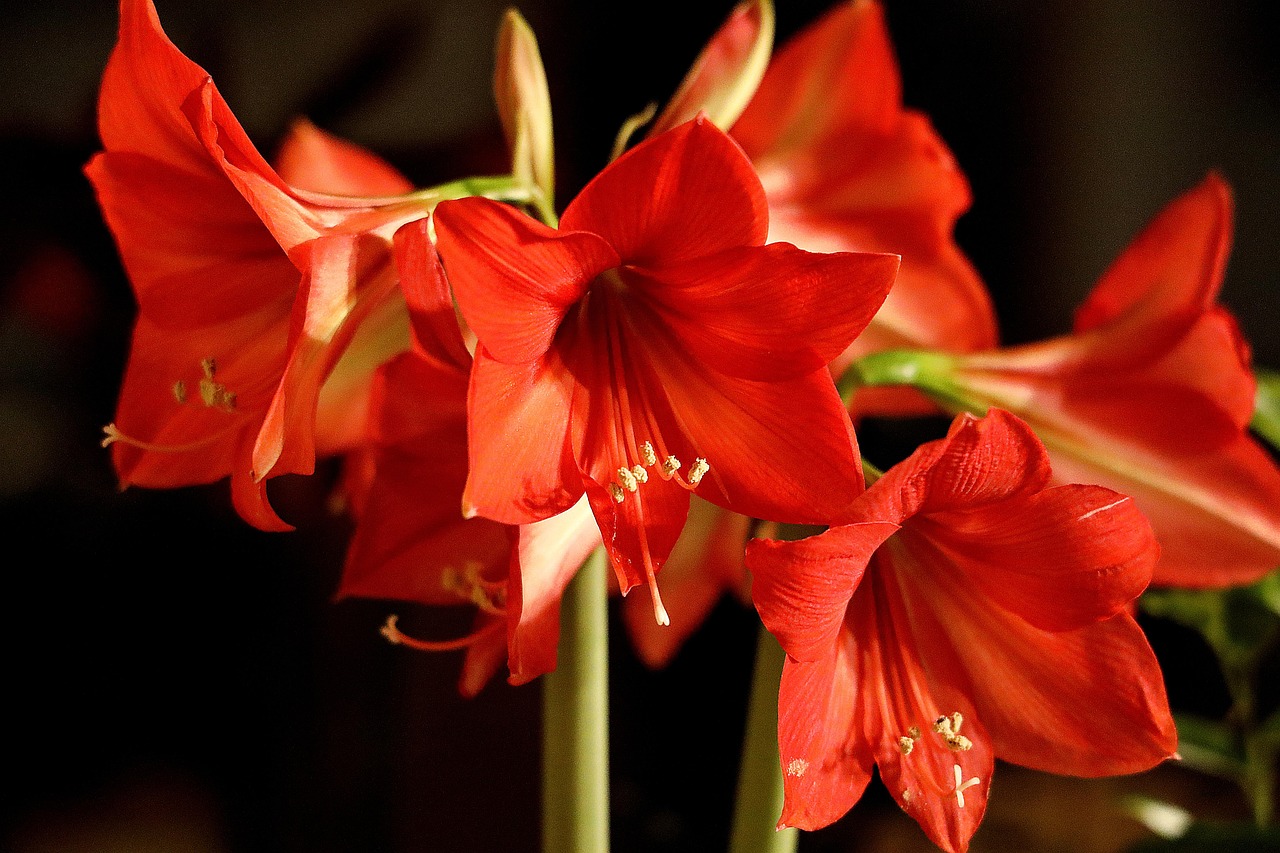Ramsons | The Monk’s Herald of Spring in Europe’s Forests
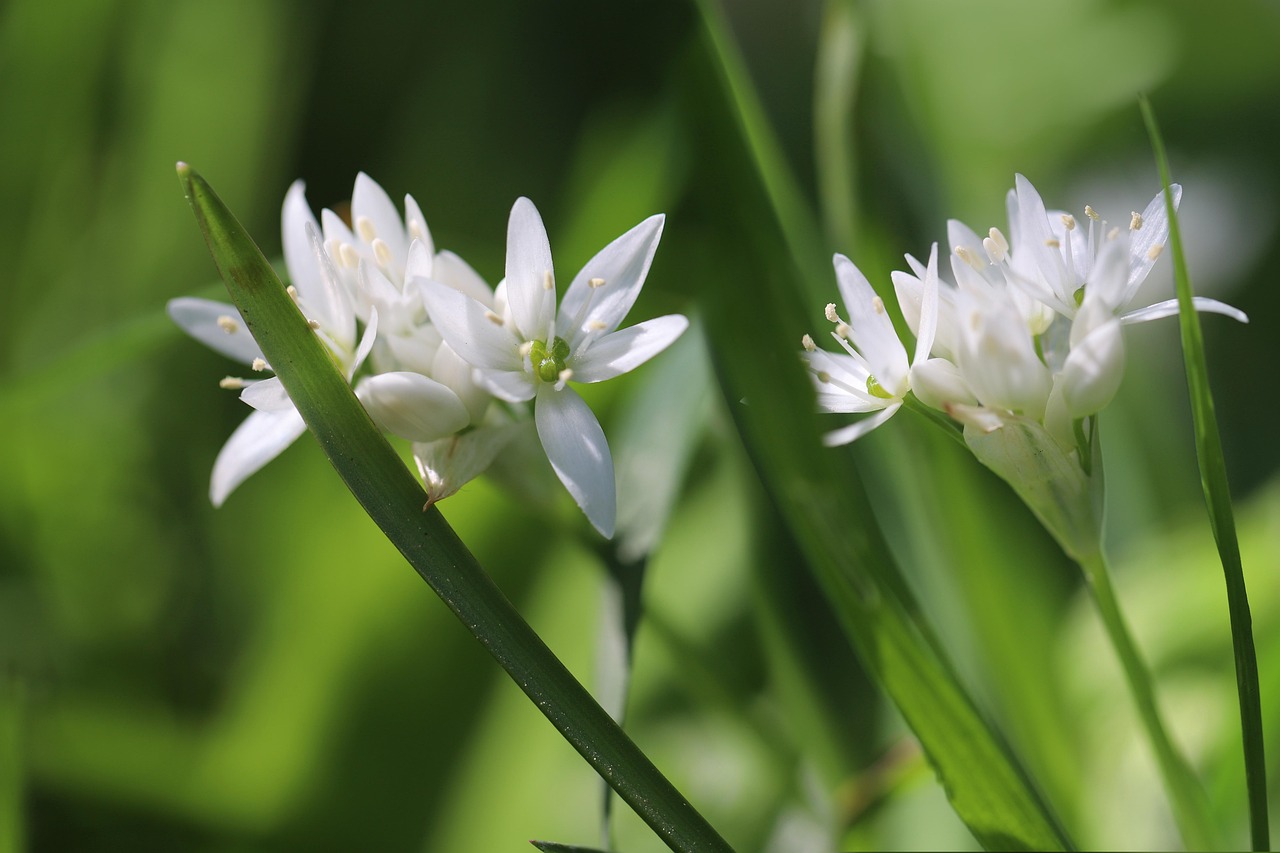
Ramsons is a perennial plant admired for its star-shaped white flowers and broad green leaves that appear in spring.
It thrives in moist woodland soils and grows abundantly in the deciduous forests of Europe. In early summer, its delicate white blossoms brighten the forest floor with graceful accents.
In this article, I will introduce the essential information about ramsons, as well as their cultural significance, history, and cultivation methods.
Basic Information
- Scientific name: Allium ursinum
- Family: Amaryllidaceae
- Origin: Europe and Western Asia
- Appearance: Broad leaves and long stems that bear clusters of white flowers, each with six petals, radiating like stars. The blossoms sway lightly in the breeze, illuminating the spring forests.
- Flowering season: April – June
Cultural Significance Worldwide
Ramsons has long been recognized as a herald of spring and as part of the natural forest vegetation, particularly in Europe.
In Germany, Austria, and parts of Switzerland, forests filled with ramsons are considered a seasonal symbol of spring, cherished as a plant that grows harmoniously with nature.
In the United Kingdom, ramsons is regarded as an important species contributing to forest biodiversity, and it is among the plants protected by the National Trust.
Landscapes adorned with ramsons have also been celebrated for centuries in European poetry and paintings, remaining in people’s cultural memory as part of the natural heritage.
In recent years, as the popularity of natural-style gardens has grown, ramsons has been reevaluated as a plant that brings a forest-like atmosphere into home gardens.
Historical Episodes
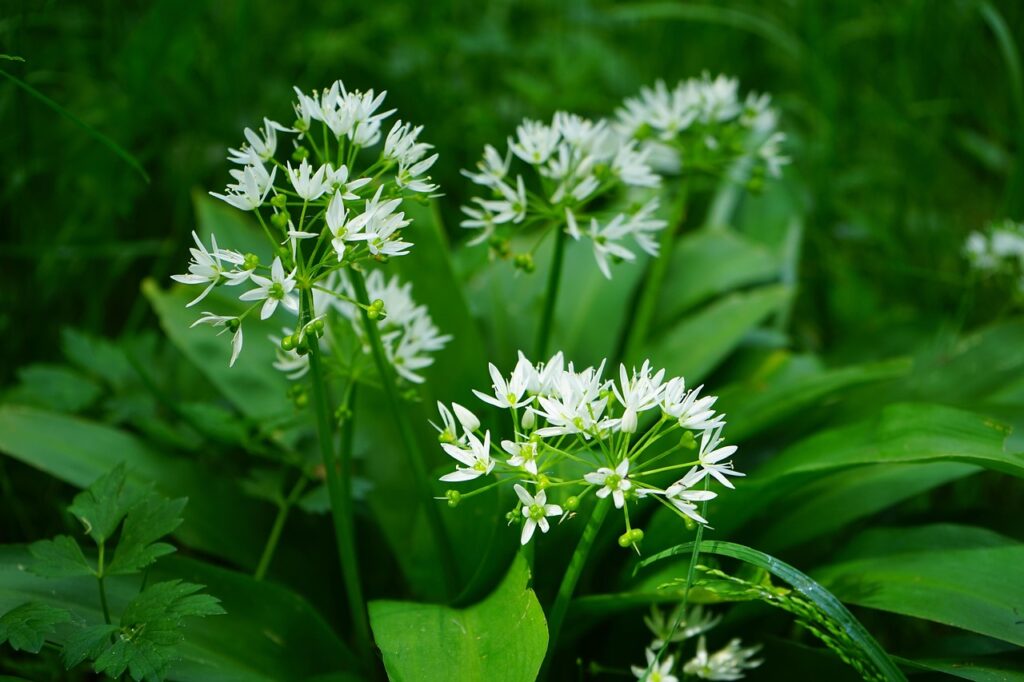
Ramsons has accompanied human life in Europe since ancient times, when people lived by hunting and gathering.
Celtic and Germanic forest dwellers valued its early spring growth as a sign of renewal and the breath of nature.
The species name “ursinum” comes from ursus (“bear”) and refers to the folklore that bears, upon awakening from hibernation, first fed on this plant. This name highlights the connection between wildlife, plants, and human reflection on the ties with nature.
During the Middle Ages, ramsons was also cultivated in monastic gardens. Monks treated the plant as a symbol of harmony between faith and nature. Even today, clusters of ramsons can be found around monasteries and old forest sites, believed to be remnants of such historical plantings.
Gardening Advice
Ramsons can be enjoyed most naturally when grown in an environment resembling a forest. Here are some tips for cultivation:
Light
Prefers dappled sunlight such as that under deciduous trees. Avoid prolonged direct sunlight.
Watering
Likes moist conditions. Keep the soil from drying out, especially during the spring growth period.
Soil
Well-drained but moisture-retentive soil rich in humus, resembling woodland soil, is ideal.
Fertilizer
A light addition of compost or organic matter is sufficient. Excess fertilization is unnecessary.
Planting
Grow from bulbs or seedlings. Plant in autumn to enjoy flowers the following spring. For larger clusters, allow generous spacing.
Maintenance
Although perennial, ramsons prefers shade and humidity. In drier areas, mulch to retain moisture.
Conclusion
Ramsons, with its white flowers and lush green leaves, is a plant that brightens the spring forest. Deeply intertwined with European culture and history, it has been cherished by ancient forest dwellers as well as medieval monks.
Its name, meaning “bear’s garlic,” reflects the connection between nature, animals, and humans.
When grown in shaded, moist soils, ramsons brings the atmosphere of a forest into the garden, making it a popular feature in naturalistic landscaping.

